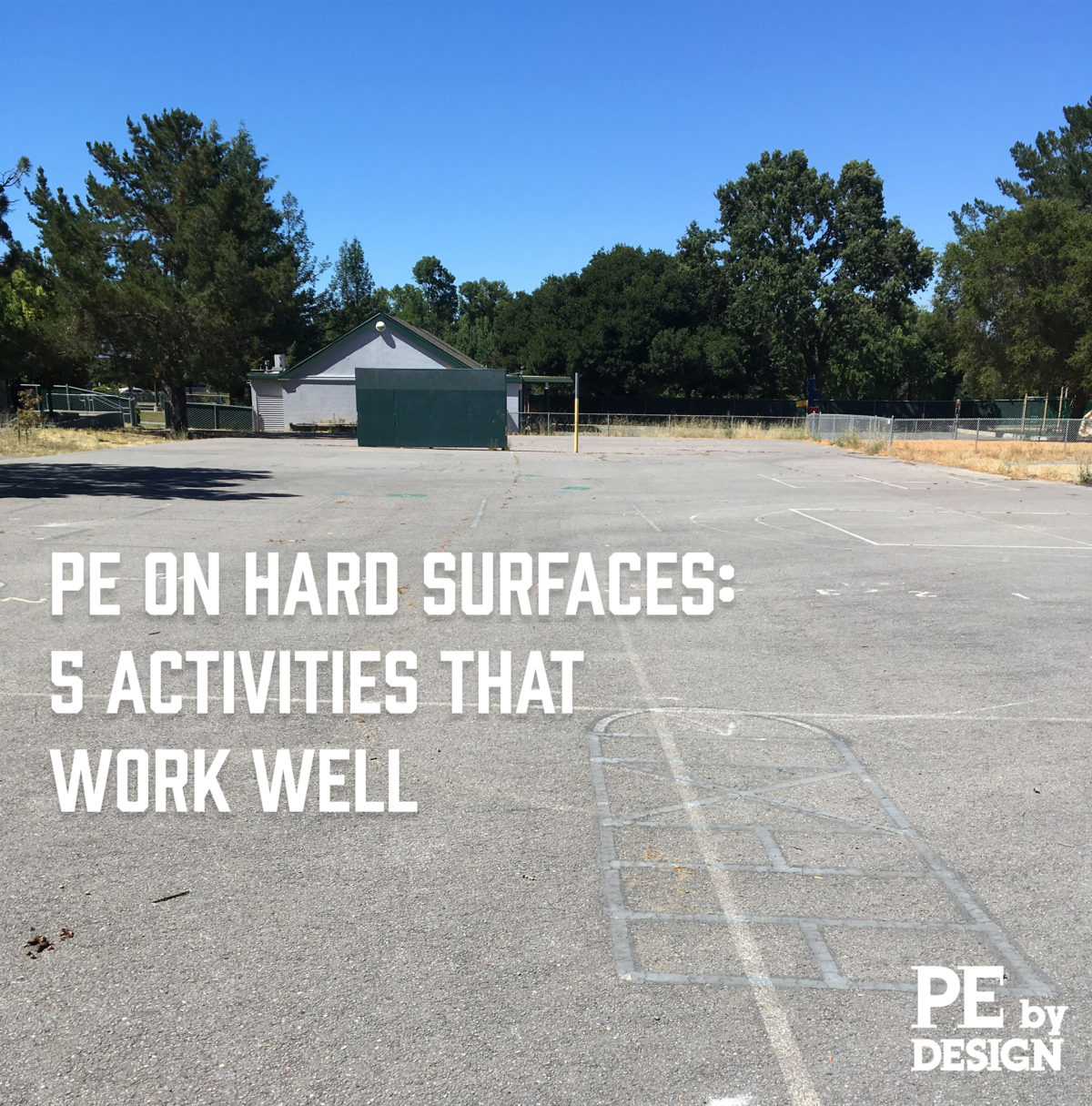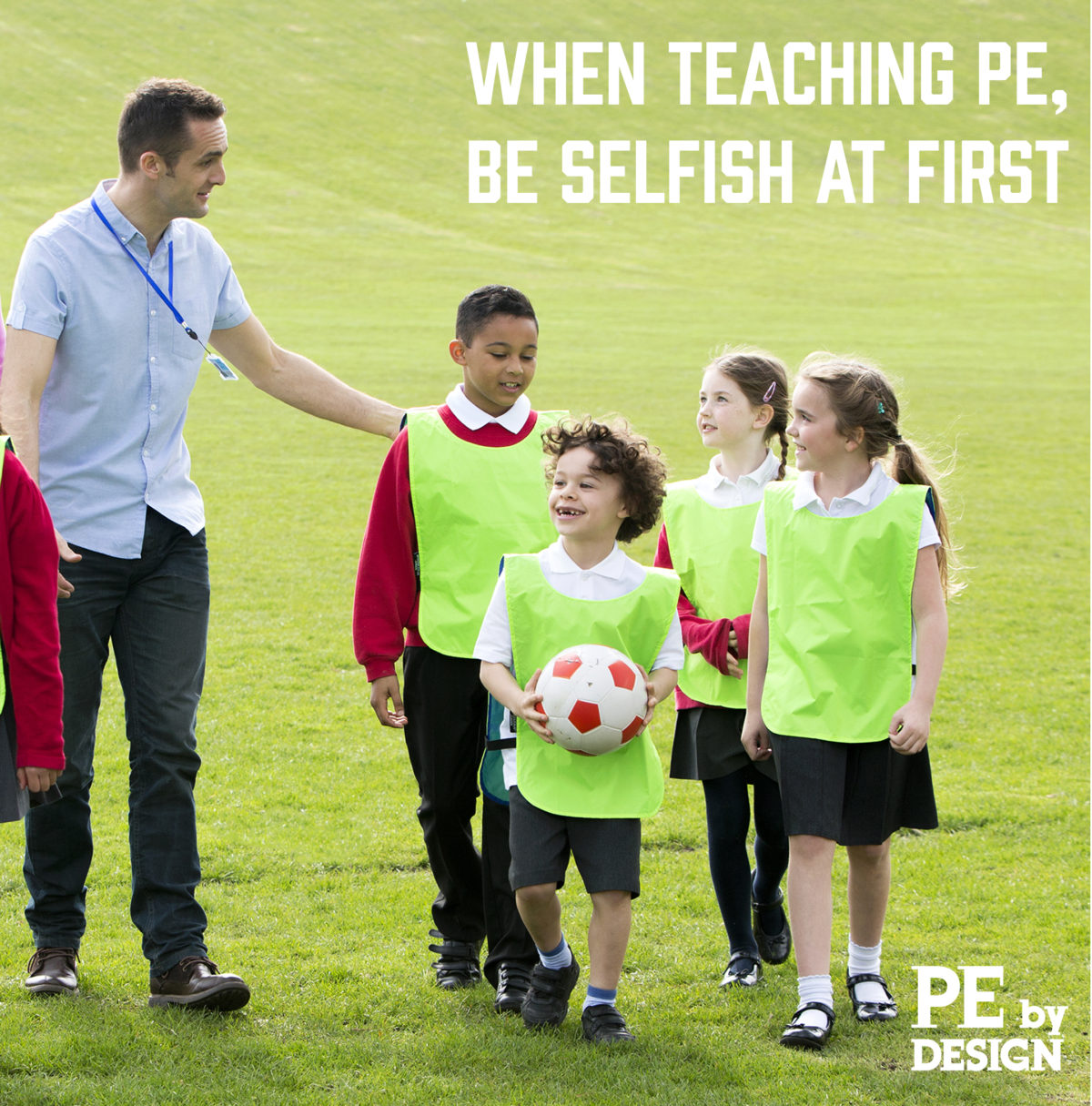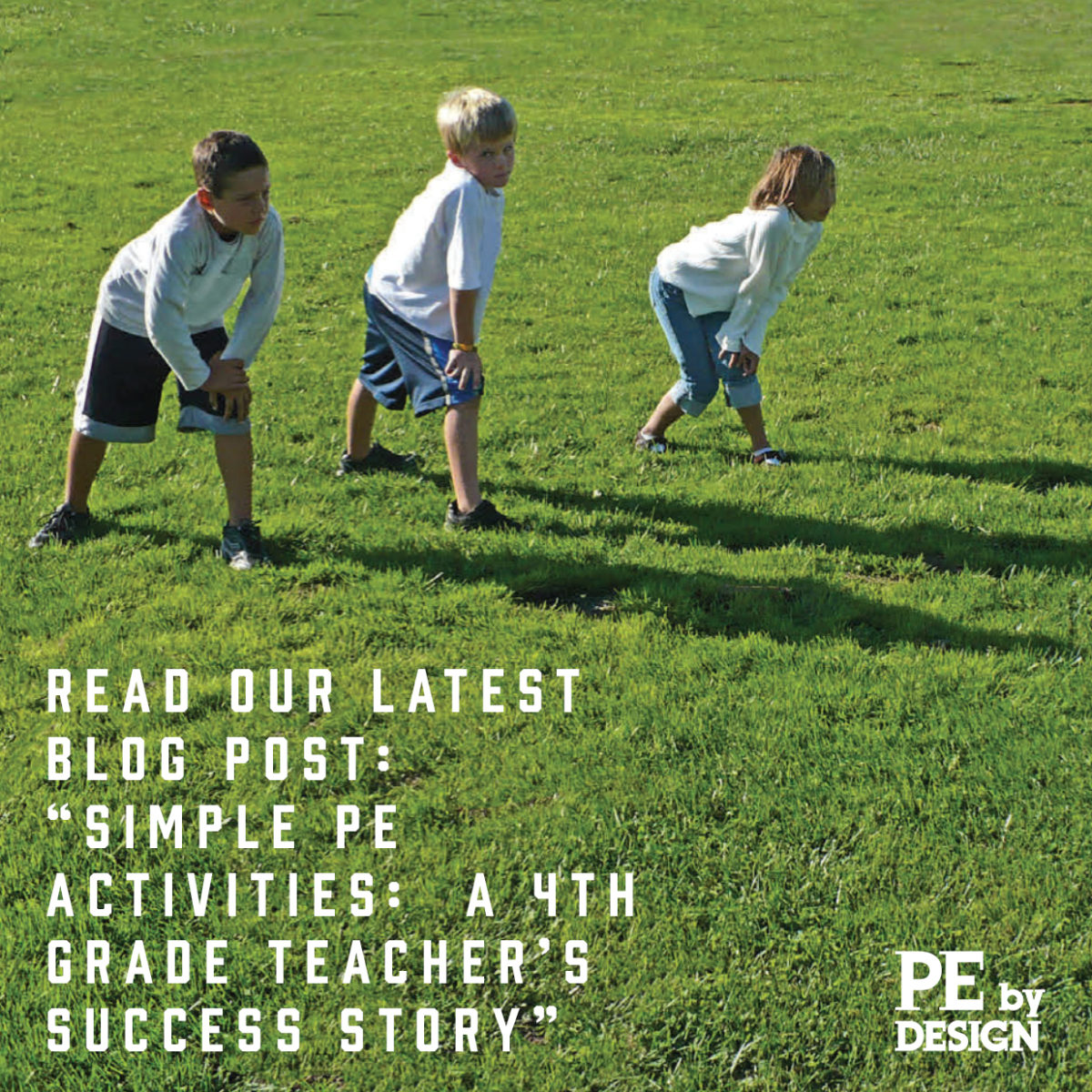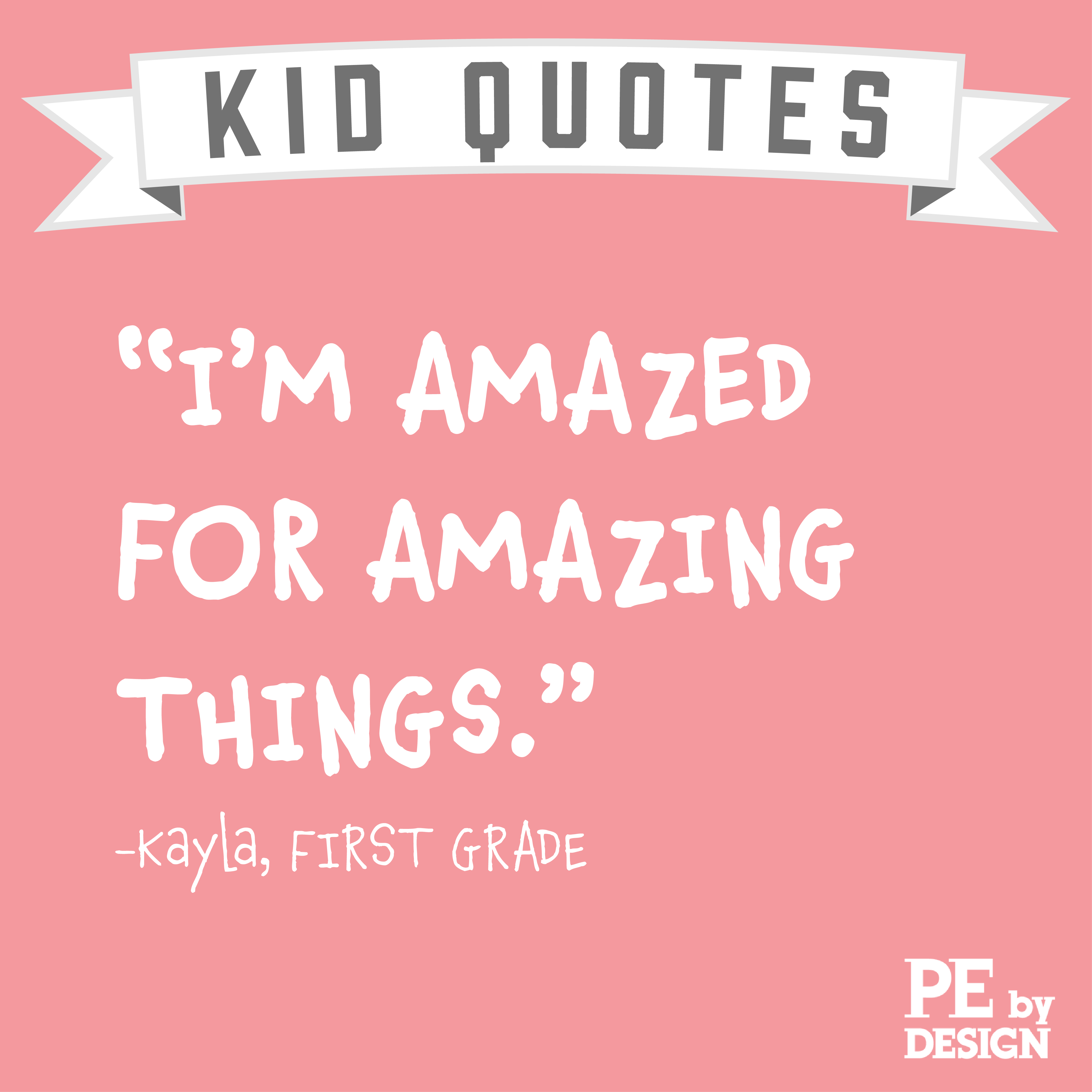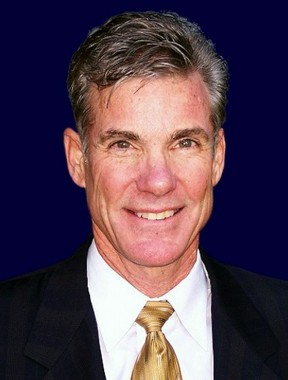Several months ago, I spent some time at a friend’s house. His 4-year-old son was walking around the kitchen, enjoying some crackers for a snack. I won’t name the cracker, but I’d classify it as junk food. As the boy enjoyed his snack, he paused and made a very interesting comment: “The more I eat, the hungrier I get.”
Even at 4 years old, my friend’s son recognized one of the key features of the unhealthy junk-food items found in the dessert and snack aisles of our supermarkets. These foods—including those crackers—are extremely high in refined carbohydrates, which break down quickly into sugar after you eat them. At the same time, there is little useful nutrition in these foods. Eating these foods produces a “sugar rush” that makes you want even more. In other words, these foods not only taste great, they make you feel great too! But only for a minute. You need to keep eating to keep having that great feeling. And this 4-year-old boy, not even in kindergarten yet, was able to verbalize this situation beautifully.



